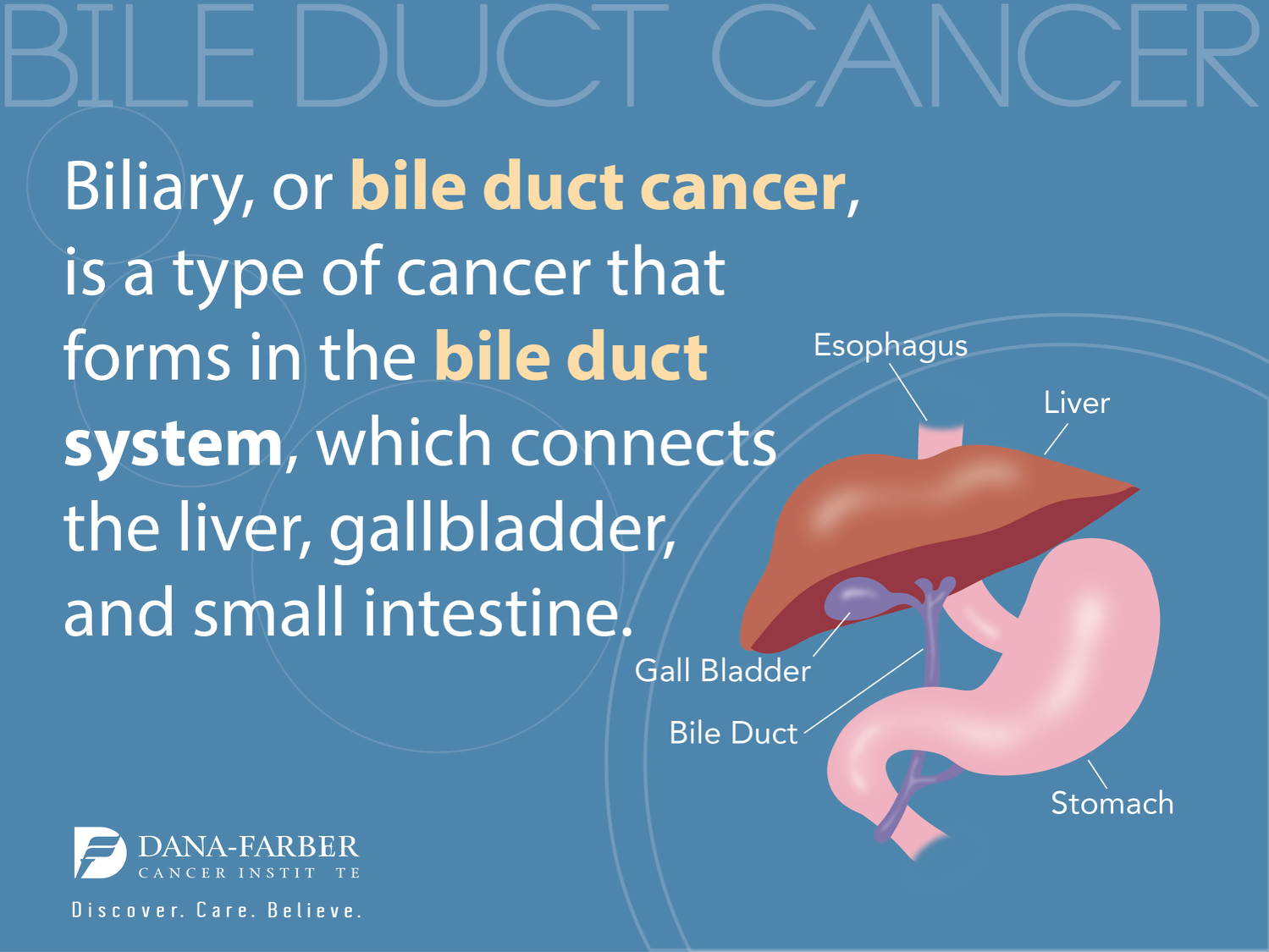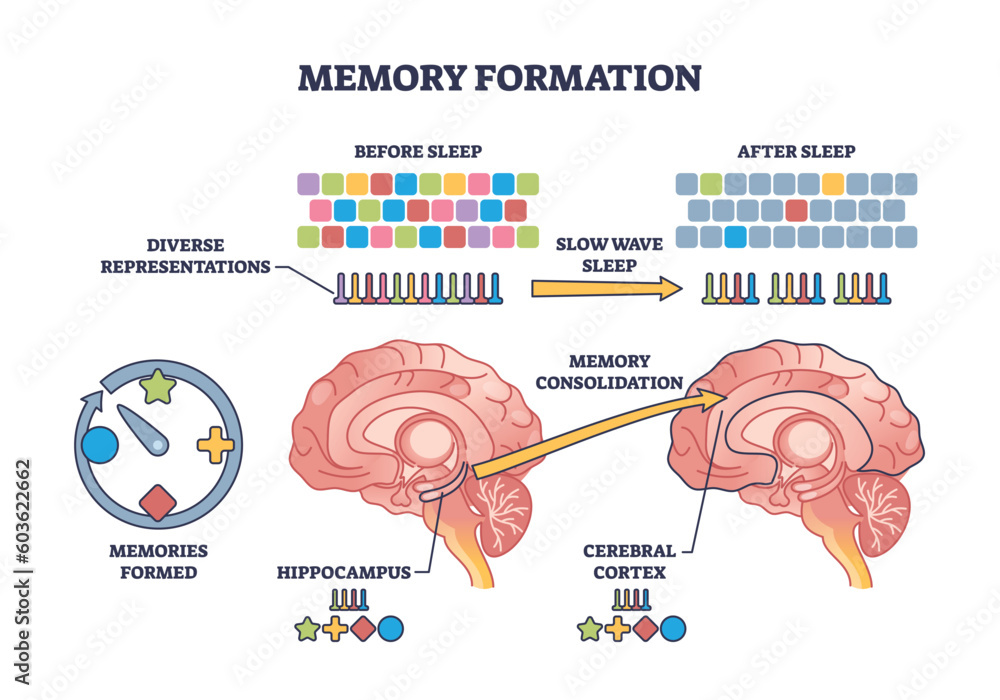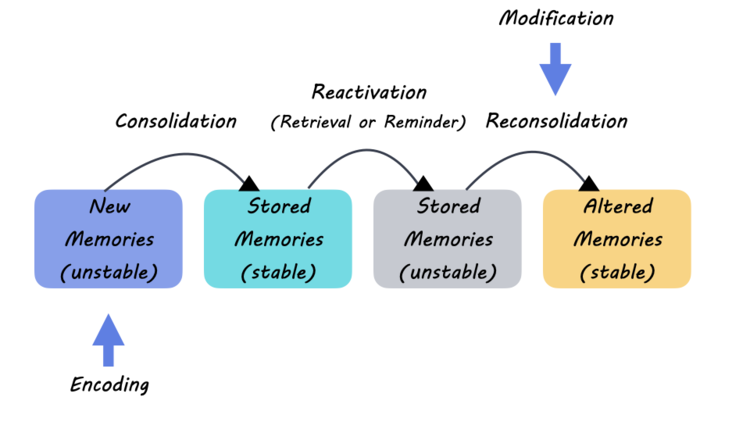Bile imbalance and liver cancer are intricately linked, with new research uncovering the critical role of bile acids in the development of hepatocellular carcinoma (HCC), the predominant form of liver cancer. Alterations in bile acid metabolism not only disrupt liver function but also contribute to inflammation and fibrosis, paving the way for potential malignancies. The recent study highlights a key molecular switch involving the Hippo/YAP signaling pathway that regulates bile acid production and its implications for liver cancer treatment. By targeting this pathway, therapies could be developed to restore bile acids’ normal function and inhibit cancer progression. Understanding the YAP FXR relationship further enhances our grasp of metabolism and liver disease, offering hope for innovative treatment strategies.
The relationship between bile dysfunction and liver malignancies has become a pressing topic in medical research. Recent discoveries reveal how dysregulated bile acids, essential for proper lipid digestion, can exacerbate liver conditions, including advanced forms of hepatic carcinoma. In exploring alternative mechanisms behind bile acid signaling, scientists have focused on the significance of cellular pathways, particularly the interplay between YAP and FXR, which are vital in maintaining liver health. This growing body of evidence points to a complex metabolic landscape that could reshape protocols for liver cancer treatment, enhancing our ability to combat this formidable disease. As researchers delve deeper into the molecular underpinnings of bile acid regulation, exciting new solutions for liver conditions may emerge.
Understanding Bile Imbalance and Its Connection to Liver Cancer
Bile plays a crucial role in the digestive system by breaking down fats and facilitating nutrient absorption. However, recent studies have shown that an imbalance in bile acids can significantly affect liver function and metabolism, possibly leading to serious conditions including hepatocellular carcinoma (HCC). The liver’s ability to create a healthy bile acid homeostasis is essential; any disruption can trigger a cascade of events, ultimately resulting in liver injury and potentially liver cancer. The link between bile imbalance and liver cancer underscores the need for further investigation into how this relationship manifests at a molecular level.
Research has elucidated that the Dysregulation of bile acid production and metabolism is associated with chronic liver diseases. The role of bile acids extends beyond fat digestion; they significantly influence various metabolic pathways within the liver. The discovery of the relationship between bile acid metabolism and cancer, particularly through the action of core molecular pathways like Hippo/YAP, suggests that maintaining balance in bile acids is crucial not only for digestion but also for cancer prevention. Investigating these connections may lead to groundbreaking treatments for liver cancer.
The Role of YAP and FXR in Liver Cancer Development
YAP (Yes-associated protein) is a key regulator in many cellular processes, and its activity has been implicated in the development of liver cancer. The recent findings reveal that YAP can inhibit the function of the Farnesoid X receptor (FXR), a vital component in maintaining bile acid homeostasis. Under normal conditions, FXR regulates bile acid metabolism, ensuring that the liver functions optimally. However, when YAP is activated, it represses FXR, leading to an accumulation of bile acids that can cause inflammation and fibrosis—a precursor to hepatocellular carcinoma.
This complex interplay between YAP and FXR indicates a potential therapeutic target in liver cancer interventions. By focusing on strategies to enhance FXR activity or modulate YAP’s influence, researchers may develop new treatment modalities. For instance, drugs aimed at activating FXR could not only promote bile acid excretion but also mitigate the overproduction that leads to liver damage. Understanding and manipulating these pathways could provide novel insights into effective liver cancer treatments.
Therapeutic Implications of FXR Activation in Liver Disease
Given the role of FXR in regulating bile acids and its link to liver cancer, activating this nuclear receptor presents a promising therapeutic approach. The activation of FXR has shown to ameliorate liver damage by restoring proper bile acid metabolism. This could potentially halt the progression from liver inflammation to liver cancer in patients with chronic liver diseases. The identification and development of pharmacological agents that can stimulate FXR activity may represent a significant advancement in liver cancer treatment.
In clinical scenarios, enhancing FXR function could mitigate the adverse effects associated with bile acid dysregulation. Researchers are now racing to identify compounds that can effectively activate FXR and promote bile acid export from the liver. Such strategies may not only prevent liver cancer progression but also improve overall liver function in affected individuals. The future of liver cancer therapy could very well hinge on our understanding of bile acids and their crucial regulatory mechanisms.
The Impact of Bile Acids on Metabolism and Liver Disease
Bile acids play a pivotal role in regulating not just digestion but also metabolic processes that can influence the development of liver diseases. They act as signaling molecules that interact with specific receptors in various tissues, thereby regulating glucose and lipid metabolism. An imbalance in bile acids can lead to metabolic dysfunction that exacerbates liver conditions, highlighting the significance of maintaining bile acid homeostasis for overall metabolic health.
Disordered bile acid metabolism has been linked to conditions like non-alcoholic fatty liver disease (NAFLD) and can progress to more severe forms, including hepatocellular carcinoma. Understanding how bile acids influence metabolic pathways can unveil new strategies for preventing liver disease and cancer. Continued research into bile acid signaling and its pathways could yield valuable information for developing therapeutic interventions.
Molecular Mechanisms Linking Bile Acids to Liver Cancer Progression
The intricate molecular interactions involving bile acids have garnered attention for their potential role in liver cancer progression. Dysregulation of bile acid signaling can result in chronic inflammation and fibrosis within the liver, paving the way for hepatocellular carcinoma. Understanding the molecular mechanisms that govern these processes is essential in elucidating how bile acids contribute to tumorigenesis in the liver.
Key players in this process include receptors like FXR, which serve as important mediators of bile acid metabolism. The disruption of these pathways, possibly via the action of YAP, highlights the complex nature of liver cancer development. By targeting these molecular switches, new avenues for therapeutic interventions for liver cancer hold promise and can help mitigate the consequences of bile acid imbalance.
Future Directions in Liver Cancer Research Focused on Bile Acids
As research advances, a substantial focus is placed on the therapeutic potential of targeting bile acid pathways in liver cancer. The identification of agents that can effectively modulate the FXR pathway stands at the forefront of innovative liver cancer treatment strategies. By improving our understanding of bile acid interactions within the liver, we can pave the way for more effective treatments that address the underlying causes of liver disease and cancer progression.
Future studies are likely to explore the broader implications of bile acid signaling in various metabolic disorders and their relationship with liver health. There is a growing recognition of the need for comprehensive research that elucidates the connections between bile acids, metabolism, and cancer. This could ultimately lead to the development of targeted therapies that not only combat liver cancer but also promote liver health overall.
Unraveling the Connection Between Metabolism and Liver Disease
The relationship between metabolism and liver disease is complex and multifaceted, with bile acids playing a significant role. Metabolism is intricately linked to liver function; any disturbances in bile acid homeostasis can precipitate conditions such as hepatitis, cirrhosis, and ultimately, liver cancer. Understanding these linkages is crucial for developing preventative measures and treatment approaches that specifically target metabolic dysfunction in conjunction with liver disease.
Furthermore, the ongoing exploration of the YAP-FXR connection highlights how cellular metabolism is tightly regulated and can influence pathologies like liver cancer. By synthesizing insights from metabolic research with liver cancer studies, researchers can uncover novel therapeutic avenues that could mitigate risk factors related to liver disease. It is essential to continue this line of inquiry for better outcomes in liver health.
The Importance of Bile Acid Homeostasis in Liver Function
Bile acid homeostasis is vital for maintaining proper liver function and overall health. Disturbances in bile acid levels can lead to significant health issues, including liver diseases such as hepatitis and liver cancer. The liver’s ability to regulate bile production and its subsequent effects on digestion underscores its importance as a metabolic hub in the body. Ensuring the appropriate balance of bile acids is crucial to prevent liver inflammation and associated pathologies.
Maintaining bile acid homeostasis requires intricate regulation by multiple signaling pathways, including those operated by FXR and other nuclear receptors. Disruption of these pathways can lead to an over-accumulation of bile acids, leading to toxicity and disease. Therefore, understanding the mechanisms that regulate bile acids—along with their implications for liver health—is imperative for developing effective treatments against liver diseases.
Pharmacological Advances in FXR Activation for Liver Health
The pharmacological landscape is evolving, with research increasingly focusing on FXR as a target for treating liver diseases. Drugs that enhance FXR function are being investigated for their ability to restore bile acid homeostasis and address underlying conditions like non-alcoholic fatty liver disease and hepatocellular carcinoma. These advancements could provide new therapeutic options for patients suffering from liver diseases linked to bile acid dysregulation.
As we continue to understand the role of bile acids and their receptors, the potential for developing targeted therapies has never been greater. Promoting FXR activation could not only prevent liver cancer but also support liver function in general. By harnessing these molecular insights, the medical community is paving the way for breakthroughs in liver disease management.
Frequently Asked Questions
How does bile imbalance contribute to liver cancer risk?
Bile imbalance can lead to the overproduction of bile acids, which may accumulate in the liver, resulting in fibrosis and inflammation, key factors associated with hepatocellular carcinoma (HCC). This imbalance disrupts liver function and can trigger organ damage that progresses to liver cancer.
What is the relationship between bile acids and liver cancer treatment?
Research indicates that bile acids play a crucial role in regulating liver metabolism. Targeting bile acid metabolism through treatments that enhance FXR (Farnesoid X receptor) function offers new therapeutic avenues for liver cancer treatment, potentially slowing the progression of hepatocellular carcinoma.
What role does the Hippo/YAP pathway have in bile acid metabolism and liver cancer?
The Hippo/YAP pathway is significant in regulating cell growth and bile acid metabolism. YAP’s activation inhibits FXR, leading to bile acid imbalance. This disruption can contribute to liver fibrosis and inflammation, ultimately increasing the risk for developing liver cancer.
Can targeting FXR be a viable approach to prevent liver cancer related to bile imbalance?
Yes, enhancing FXR function is considered a promising strategy. By restoring bile acid homeostasis, it may help prevent liver injury, inflammation, and the progression to hepatocellular carcinoma, providing a potential target for liver cancer therapies.
How does metabolism and liver disease relate to bile acid levels?
Bile acids are essential for proper metabolism in the liver. An imbalance in bile acid levels can affect metabolic pathways, leading to liver diseases, including HCC, as the liver’s ability to manage fat digestion and energy balance is compromised.
What are the implications of YAP’s influence on bile acids for liver cancer research?
YAP’s role in bile acid regulation highlights potential pathways for therapeutic intervention in liver cancer. Understanding how YAP obstructs FXR function opens new research directions and may lead to pharmacological approaches that mitigate liver cancer risks by restoring bile homeostasis.
| Key Point | Details |
|---|---|
| Bile Imbalance | Imbalances in bile acids can initiate liver diseases, including hepatocellular carcinoma (HCC). |
| Molecular Switch Identified | A key molecular switch regulating bile was identified, enabling new treatment approaches for liver cancer. |
| Role of YAP | YAP promotes tumor formation by regulating bile acid metabolism and paralyzing the bile acid sensor FXR, leading to liver damage. |
| Potential Treatments | Enhancing FXR function or promoting bile acid excretion could reduce liver damage and cancer progression. |
Summary
Bile imbalance and liver cancer are intricately linked, as recent studies have shown that disruptions in bile acid regulation can lead to serious liver conditions, including hepatocellular carcinoma. The identification of a key molecular switch that affects bile production offers promising avenues for developing effective treatments. By understanding how factors like YAP influence bile acid homeostasis, researchers aim to find pharmacological solutions that can mitigate liver damage and halt cancer progression. This highlights the importance of maintaining proper bile balance as a pivotal factor in liver health and cancer prevention.







